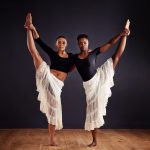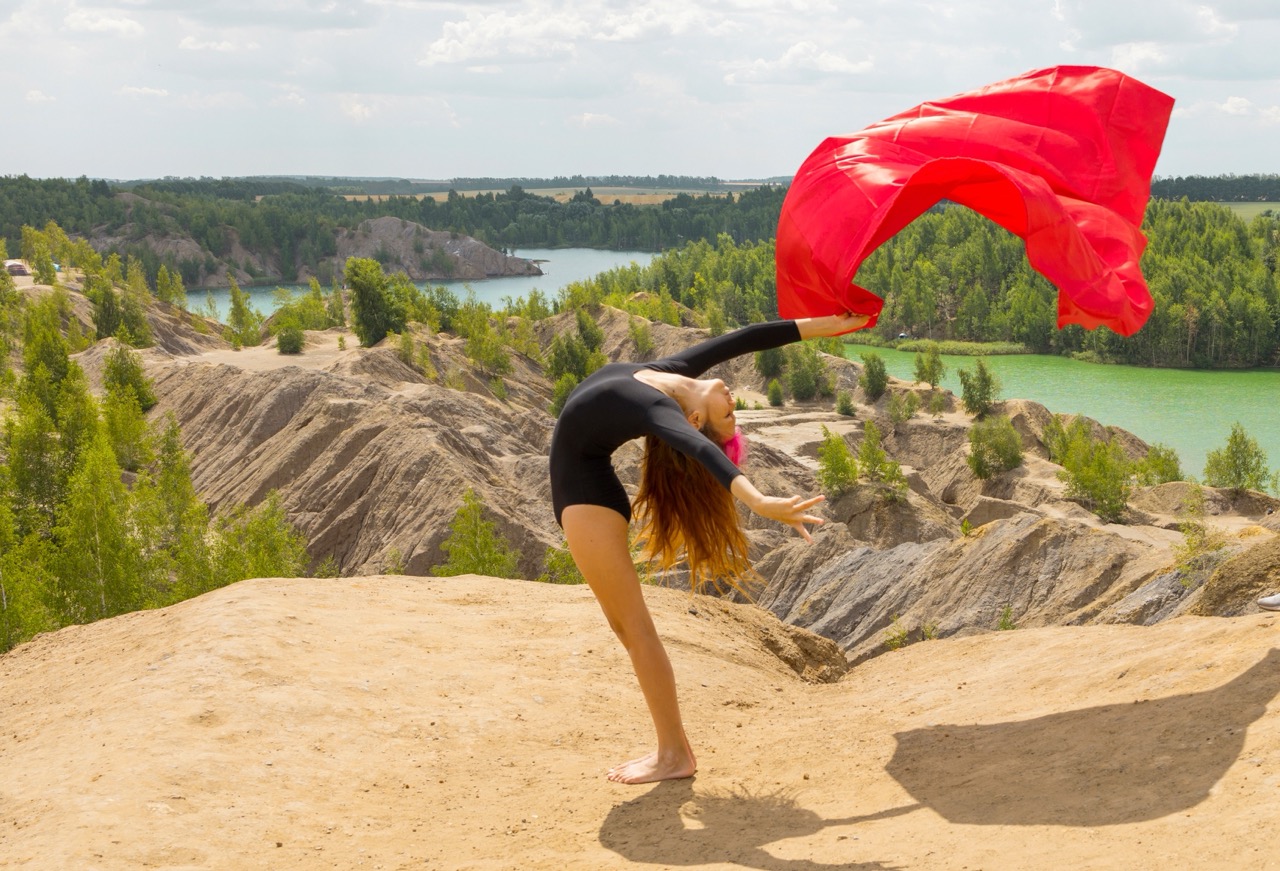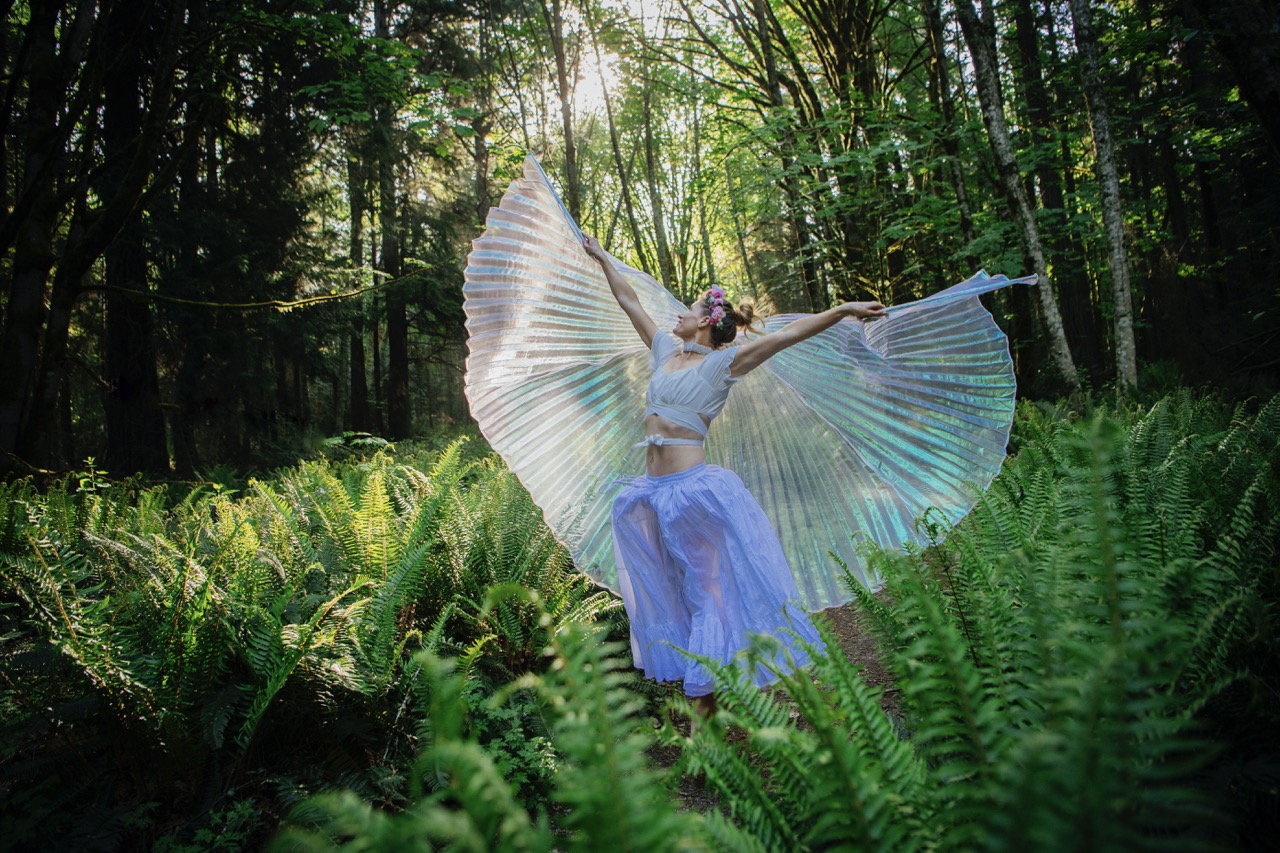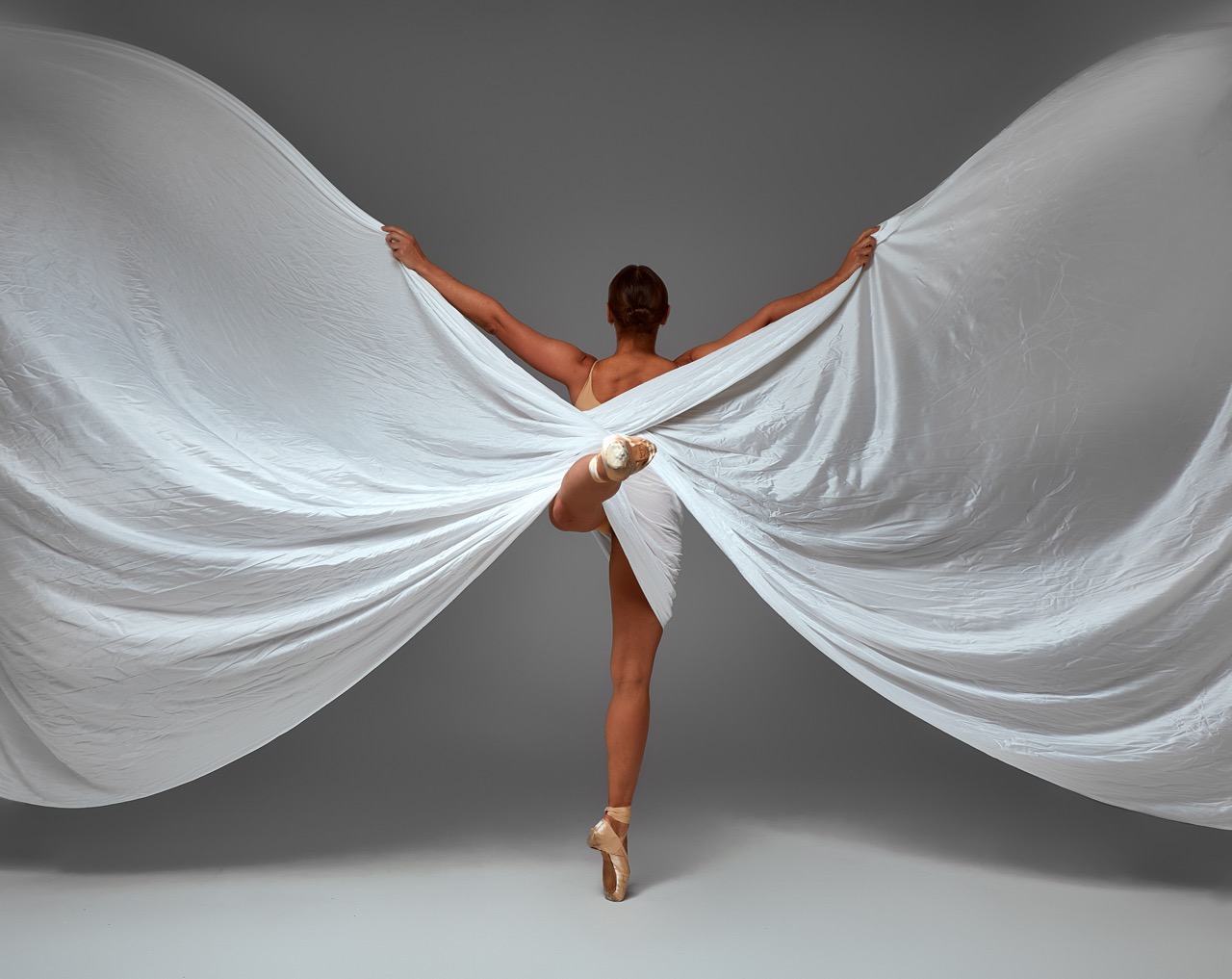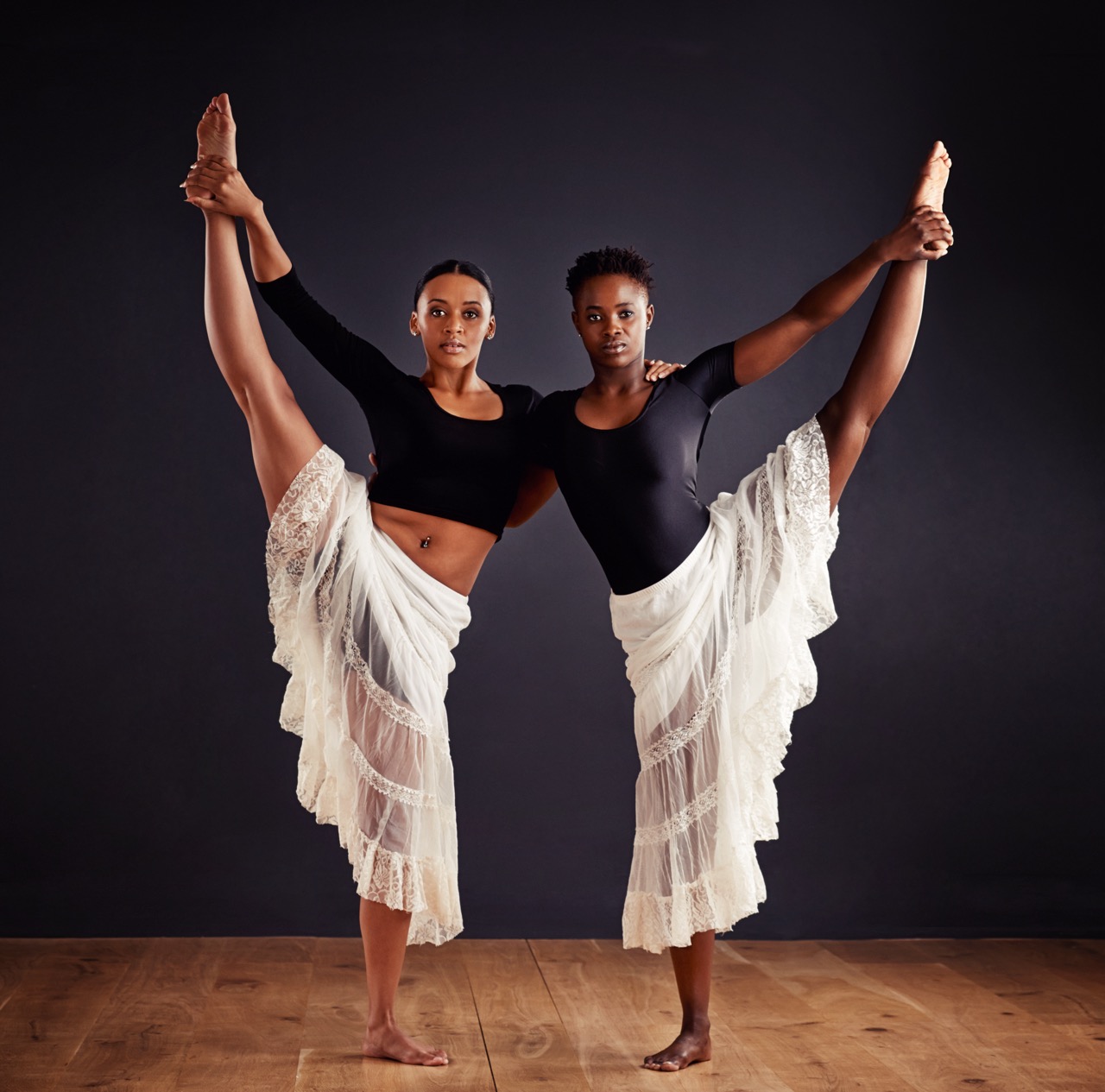Dance is an art form that transcends mere movement; it is a language of expression, a vessel for emotion, and a pathway to personal growth. For many, engaging in dance is more than just honing a skill or performing for an audience; it is a transformative journey that fosters confidence and self-esteem. This article explores the profound impact of dance on individual empowerment, demonstrating how rhythm and movement can lead to a more robust self-image and a greater sense of belonging.
Unveiling the Transformative Power of Dance on Confidence
The transformative power of dance lies in its ability to unlock hidden potential within individuals. As dancers learn to express themselves physically, they often discover abilities they never knew they had. This journey of self-discovery begins with the first tentative steps and evolves into a fluid expression of grace and strength. Dance not only teaches coordination and balance but also instills a sense of accomplishment. Each mastered routine becomes a testament to hard work and dedication, significantly boosting self-confidence.
Moreover, the social aspects of dance create a supportive environment that nurtures personal growth. In dance classes or group performances, individuals find community and camaraderie, fostering connections that reinforce a positive self-image. The encouragement from peers and instructors helps dancers confront their fears and insecurities, transforming self-doubt into self-assurance. Each applause, each compliment serves as a building block for confidence, creating a ripple effect that extends beyond the studio.
Finally, dance enables individuals to embrace vulnerability in a safe space. As they express emotions through movement, dancers learn to accept their imperfections and embrace their unique identities. This journey of self-acceptance is crucial for building true confidence. By exposing themselves creatively and emotionally, dancers cultivate resilience and an unwavering belief in their capabilities, setting the stage for personal empowerment.
The Rhythm of Self-Expression: Dance as Empowerment
Dance serves as a powerful medium for self-expression, allowing individuals to convey their thoughts and feelings without uttering a word. This form of expression is particularly vital for those who may struggle to articulate their emotions in traditional ways. Through movement, dancers can explore complex feelings, from joy and love to pain and sorrow, thus facilitating a profound connection to their inner selves. This process of exploration often leads to a deeper understanding of personal identity and an appreciation for one’s own uniqueness.
As dancers find their voice through movement, they gain a sense of empowerment that extends far beyond the studio. The ability to express oneself freely fosters a strong sense of autonomy, encouraging individuals to assert their ideas and opinions in various aspects of life. Dance becomes a conduit for personal agency, prompting dancers to take ownership of their narratives. This newfound empowerment translates into everyday interactions, enhancing communication skills and fortifying self-advocacy.
Furthermore, the confidence gained from self-expression through dance can inspire others. When individuals showcase their talents and emotions on stage, they become role models for peers and aspiring dancers alike. The courage it takes to perform publicly can motivate others to step outside their comfort zones and embrace their authentic selves. This dynamic creates a ripple effect, where the empowerment gained through dance fosters a community of self-expression, support, and confidence-building.
Step by Step: How Dance Cultivates Self-Esteem
The journey of dance is inherently incremental, marked by a series of steps that symbolize personal growth and achievement. Each new move learned or routine perfected contributes to an individual’s sense of progression and mastery. As dancers navigate these steps, they develop a clear understanding of goal-setting and perseverance. This realization—that small, consistent efforts lead to significant improvements—can have a lasting impact on self-esteem, as dancers learn to appreciate their progress, no matter how minor.
Moreover, dance encourages individuals to push against their limits, transforming challenges into opportunities for growth. The process of overcoming obstacles—be it mastering a difficult choreography or performing in front of an audience—instills a sense of resilience that directly impacts self-esteem. Each triumph, whether large or small, reinforces the belief that one is capable and worthy. This cycle of challenge and achievement fosters a positive feedback loop, where increased self-esteem leads to further exploration and risk-taking in dance and beyond.
Additionally, the aesthetic aspect of dance plays a pivotal role in cultivating self-esteem. The physical discipline required for dancing often leads to improved body awareness and appreciation. As dancers learn to embrace their bodies and recognize their strengths, they develop a healthier relationship with themselves. This newfound appreciation for one’s body, combined with the confidence from mastering various techniques, culminates in a reinforced sense of self-worth that transcends the dance floor.
From the Studio to Life: Confidence Beyond the Dance Floor
The confidence gained through dance does not remain confined to the studio; it permeates every facet of life. The skills learned in dance—discipline, focus, and resilience—translate into personal and professional arenas, empowering individuals to navigate challenges with poise and determination. As dancers step into their daily lives, they carry with them the lessons and self-assurance garnered from their experiences on stage, infusing their interactions with a newfound energy and confidence.
Furthermore, the social skills developed in dance classes lay the groundwork for stronger interpersonal relationships. The collaborative nature of dance fosters teamwork, communication, and empathy, all of which are essential for building meaningful connections. As dancers learn to work harmoniously with others, they become more adept at navigating social dynamics, resulting in healthier relationships and improved emotional intelligence. This enhanced social confidence not only benefits personal interactions but also opens doors for professional networking and collaboration.
Ultimately, the journey of dance empowers individuals to face life’s challenges with courage and grace. As dancers cultivate confidence within themselves, they become advocates for authenticity and self-expression in the world around them. This ripple effect inspires others to embrace their individuality and strive for self-acceptance, fostering a more inclusive and confident community. Whether through the artistry of dance or the lessons learned from it, the journey towards self-esteem and empowerment is one that resonates far beyond the confines of the dance floor.
In conclusion, dance serves as a powerful catalyst for building confidence and self-esteem. Through self-expression, goal achievement, and community support, individuals discover their unique strengths and capabilities. The transformative journey of dance fosters a sense of empowerment that extends far beyond the studio, positively influencing personal interactions and professional endeavors. As we continue to celebrate the beauty of dance, let us also recognize its profound ability to inspire confidence, resilience, and an authentic connection to oneself and others.




